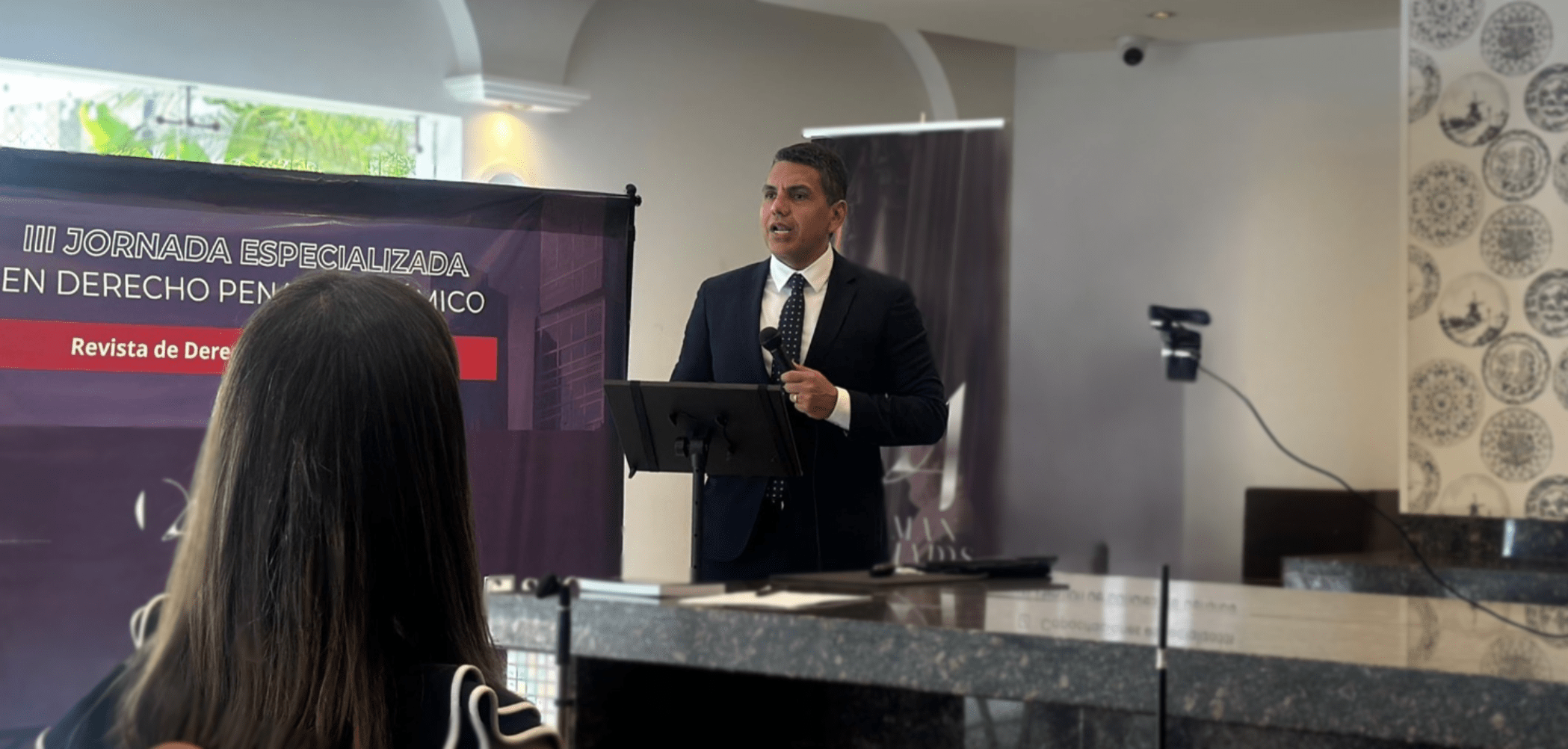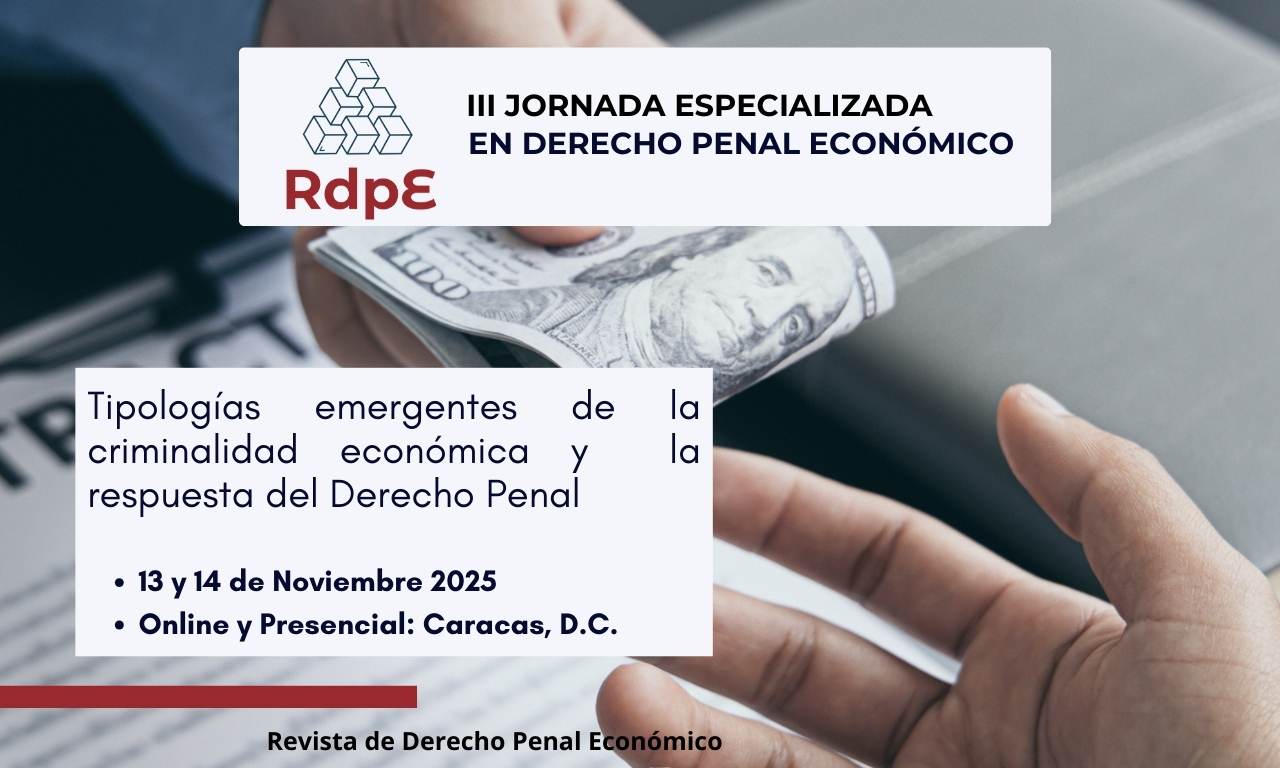The False Claims Act (FCA), was enacted in 1863 by a Congress concerned that suppliers of goods to the Union Army during the Civil War were defrauding the Army. The FCA provided that any person who knowingly submitted false claims to the government was liable for double the government’s damages plus a penalty of $2,000 for each false claim. Since then, the FCA has been amended several times. In 1986, there were significant changes to the FCA, including increasing damages from double damages to treble damages and raising the penalties from $2,000 to a range of $5,000 to $10,000. The FCA has been amended three times since 1986.
The FCA allows private persons to file suit for violations of the FCA on behalf of the government. A suit filed by an individual on behalf of the government is known as a “qui tam” action, and the person bringing the action is referred to as a “relator.”
A person may file a qui tam action which must be filed with the court under seal. The complaint and a written disclosure of all the relevant information known to the relator must be served on the U.S. Attorney for the judicial district where the qui tam was filed and on the Attorney General of the United States. The qui tam complaint is initially sealed for 60 days. The government is required to investigate the allegations in the complaint; if the government cannot complete its investigation in 60 days, it can seek extensions of the seal period while it continues its investigation. The government must then notify the court that it is proceeding with the action or declining to take over the action, in which case the relator can proceed with the action.
If the government intervenes in the qui tam action it has the primary responsibility for prosecuting the action. It can dismiss the action, even over the objection of the relator, so long as the court gives the relator an opportunity for a hearing and it can settle the action even if the relator objects so long as the relator is given a hearing and the court determines that the settlement is fair.
If the government intervenes in the qui tam action, the relator is entitled to receive between 15 and 25 percent of the amount recovered by the government through the qui tam action. If the government declines to intervene in the action, the relator’s share is increased to 25 to 30 percent.
Under certain circumstances, the relator’s share may be reduced to no more than ten percent. If the relator planned and initiated the fraud, the court may reduce the award without limitation. The relator’s share is paid to the relator by the government out of the payment received by the government from the defendant. If a qui tam action is successful, the relator also is entitled to legal fees and other expenses of the action by the defendant.



